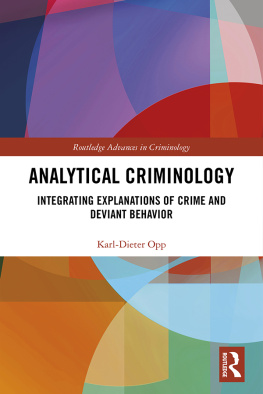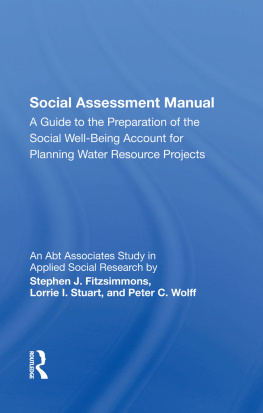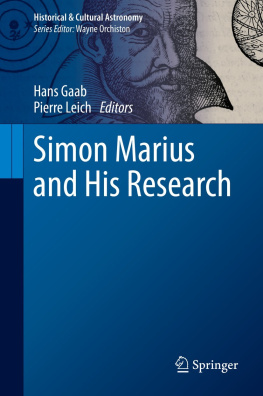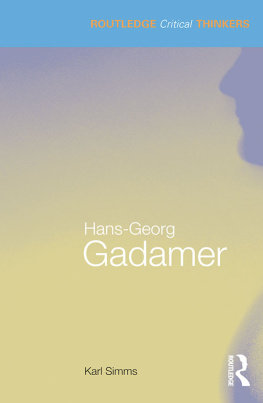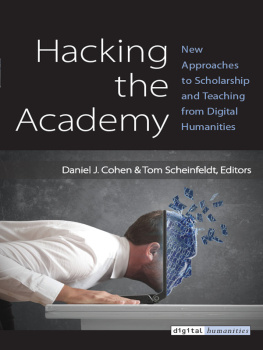Introduction
Over the last decades, public institutions have experienced considerable changes towards greater efficiency and more direct accountability in many Western countries. To this end, new governmental practices, that is, new public management, have been established. These practices did not stop at the gates of the universities (see e.g. Alexander , p. 11). Such services were seen as value for money services, opening the door for new governance practices derived from theories based on market-orientation and efficiency (e.g. new public management).
While at first the natural and life sciences were in the focus of such new governance practicesthe costly character of research projects in many natural and life science disciplines made such practices inevitable, the humanities, which ignored such practices at first (and have been ignored by e.g. bibliometricians until lately), also came into focus (Guillory ).
In light of these changes, the Swiss University Conference started a project organized by the Rectors Conference of the Swiss Universities (since 1 January 2015 called swissuniversities) entitled B-05 mesurer la performance de la recherche, with the goal to find ways to make more visible humanities and social sciences research performance and compare it on the international level (see the contribution by Loprieno et al. in this volume). The project consisted of three initiatives (research projects) and four actions (workshops and add-ons to the initiatives). The editors of this volume were involved in such an initiative entitled Developing and Testing Research Quality Criteria in the Humanities, with an Emphasis on Literature Studies and Art History (see the contribution by Ochsner, Hug and Daniel in this volume). Hence, the idea behind the series and this volume is letting humanities scholars themselves raise their voice about tools and procedures to evaluate humanities research. However, this volume also includes the view from the outside. To round out the picture, some scholars from the social sciences whose work focuses on research evaluation in the humanities are also present (see the chapters by Michle Lamont and Joshua Guetzkow, by Ochsner, Hug and Daniel, by Thomas Koenig and by Bjrn Hammarfelt). Besides the fact that all authors come from the humanities and social sciences, the authors also represent a wide range of functional background: The selection of authors is well-balanced between humanities scholars, research funders and researchers on higher education.
The writing of this book started right after the two day international conference in Zurich entitled Research Quality in the Humanities: Towards Criteria and Procedures for Evaluating Research in October 2010. The first contributions were submitted in early 2011. Because the series of colloquia continued, we soon realized that we wanted to expand the content of the book to other talks given in this series. Hence, the publication process was significantly extended. Many projects that are presented in the contributions have continued, and some of them have been concluded in the meantime. Thus, most chapters from 2011 had to be updated in 2014. We thank the authors for their patience with us, their understanding for the delay of the publication and their willingness to update their texts as well as their rapid revisions during the two rounds of peer review. We also want to thank the anonymous reviewers involved in the two review cycles at the early stage (book of extended abstracts) and final stage (full manuscript).
Structure of the Book
The book is structured in five parts. The first part presents the outset of the topic. On one hand, it describes the circumstances in which this book has been written, that is, the environment in which this project has been funded, and a description of the situation in which the humanities are concerning their competition with other subjects for funding at universities and funding institutions. On the other hand, it also comprises empirical studies on how peer review functions in the humanities as well as on the humanities scholars notions of quality. The second part presents the current state of quality-based publication rankings and publication databases. It focuses on projects that have their roots in the humanities and are led by a humanities scholar or focus specifically on the peculiarities of humanities research. The third part raises a delicate issue: bibliometrics in the humanities. It focuses on the problems in the application of bibliometric methods on humanities research as well as on the potential bibliometric analyses might bring if applied the right way. The fourth part focuses on the ex-ante evaluation of humanities research in practice, presenting humanities-specific evaluation procedures. The fifth part focuses on one influential ex-post practice of research evaluation that has been completely redesigned to match the needs of humanities research: The research rating of the subjects Anglistik and Amerikanistik by the German Council of Science and Humanities.
The first part starts with a contribution by Loprieno, Werlen, Hasgall and Bregy from the Rectors Conference of the Swiss Universities (CRUS, since 1 January 2015 called swissuniversities). They present the environment in which this volume was put together. It is a speciality of the humanities to understand the historicity of all knowledge, hence it is wise to start a volume on research assessment in the humanities presenting and reflecting on the context in which this volume has been created. Loprieno et al. present how the Swiss universities cope with the difficulty of evaluating humanities research. Their approach is scientific in nature: Following a case study in which the use of bibliometric methods in research assessment procedures for the humanities and social sciences was evaluated and found to be at least difficult if possible at all (CRUS ), a project was established that would scientifically investigate alternative instruments and approaches that measure aspects that cannot be captured by conventional bibliometry. The follow-up programme, drawing on the results of the first project, takes a step further and drops the concept of measurement in favor of visibility.



